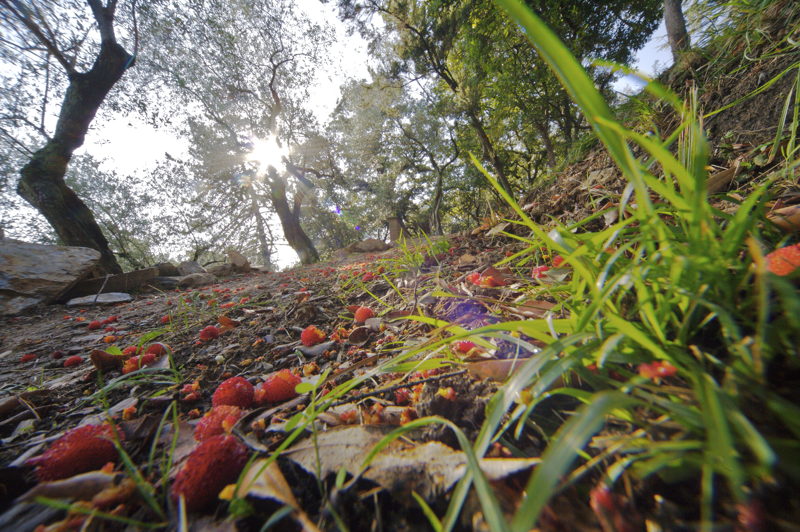Let It Go, Let It Go!
Episode #9 of the course Easy exercises to upgrade your photography by Tom Ang
Hello!
I hope you’ve enjoyed the exercises I’ve shared with you. I’m sure that some will have worked for you, for they have worked for many photographers over the many years that I’ve been giving workshops.
When you learn new techniques, you can expect a period of slight discomfort and uncertainty. The action feels awkward, runs counter to beliefs you have long held, and perhaps you don’t see the sense of it. Just push through the pain barrier … and you’ll be sailing!
This next exercise does ask you to let go of long-habituated ways of working.
Away from Normal
This exercise aims to get you seeing with the eye of the camera and to put yourself in its position. Instead of the usual process of making the camera see what you see, the camera takes the lead. This means you will be not merely creating, but co-creating, with the camera. You work as a team with your camera instead of bossing it around all the time.
Hold the camera in a position you do not normally use. Make all your shots from this position. For many cameras like SLRs, this mode of operation means you have to dispense with the viewfinder. Even if you have a screen that articulates so you can frame from low down or high up, do not—repeat—do not use it.
Do the following:
• Try a low-down level: Hold the camera at your waist-level, and fire from the hip.
• When you can, go right down to ground level.
• Point the camera backward.
• Try holding the camera as high above your head as possible.
• Try pointing the camera vertically up all the time.
Point the camera at the subject, adjust zoom and feel for the shot, then commit to it by pressing the shutter.
Feel the Capture
And I do mean feel.
Try to open your senses as to when to squeeze the capture. But don’t release the button until you feel you’ve done your best to point the camera in the right direction—all without looking through the shutter.
Sounds crazy? Just believe me. It’s worth trying.
Rely on the camera to autofocus, to work out exposure, and indeed, to obtain the shot. Let the camera guide your hands, your feeling for the shot. Point until you feel ready to shoot: If you don’t feel ready, don’t shoot. Move on.
You’ve got to feel it. And if you think you might as well close your eyes, you’re right, you can! (But do so only when it’s safe.) I make quite a bit of my photography with my eyes shut.
Try it and you’ll be amazed! Perhaps the first results will be full of question marks, but it won’t be long before you are delighted with some surprising angles and compositions. What this technique offers above all is the ability to surprise you.
For example, Caterpillar Views is a series I created specifically by not looking through the camera. I’ve found that I hit as many usable images as when I try to frame by looking through the lens. I’m often surprised by what the camera catches. The series is named after what I imagine a caterpillar would photograph from its vantage point on the ground or tucked into a bush.


See you tomorrow to explore color settings.
Have fun!
Recommended book
The Photographer’s Playbook: 307 Assignments and Ideas by Jason Fulford, Gregory Halpern, Mike Slack
Share with friends

